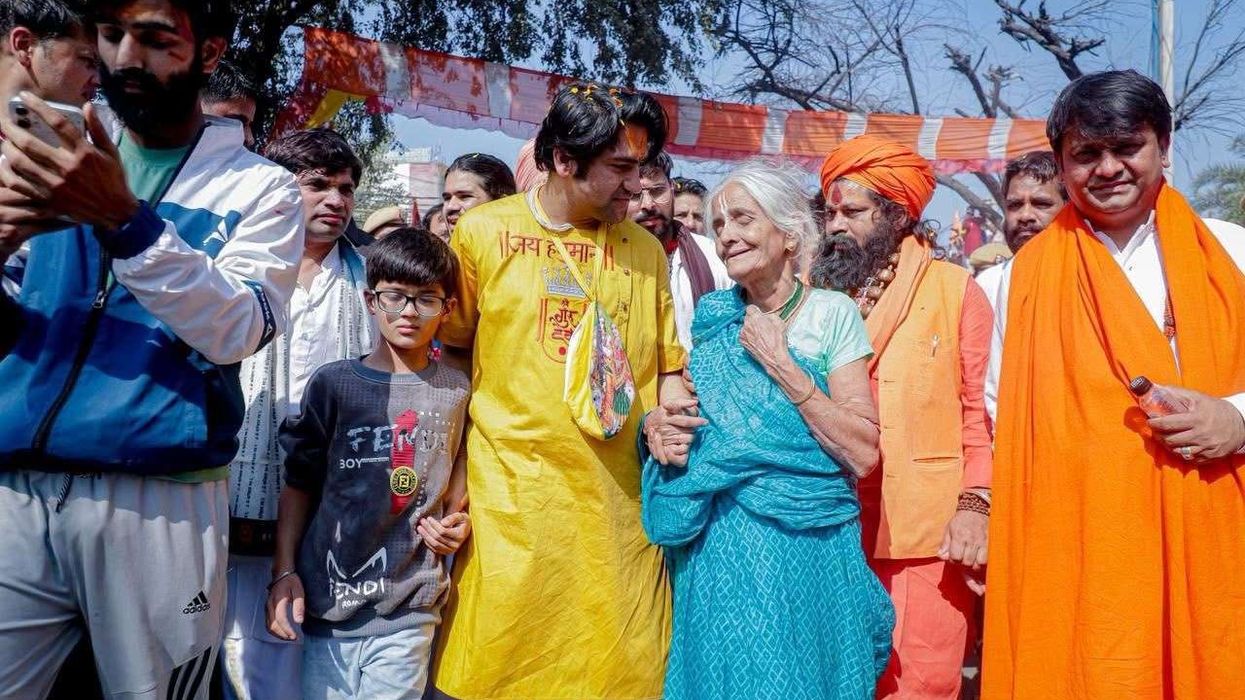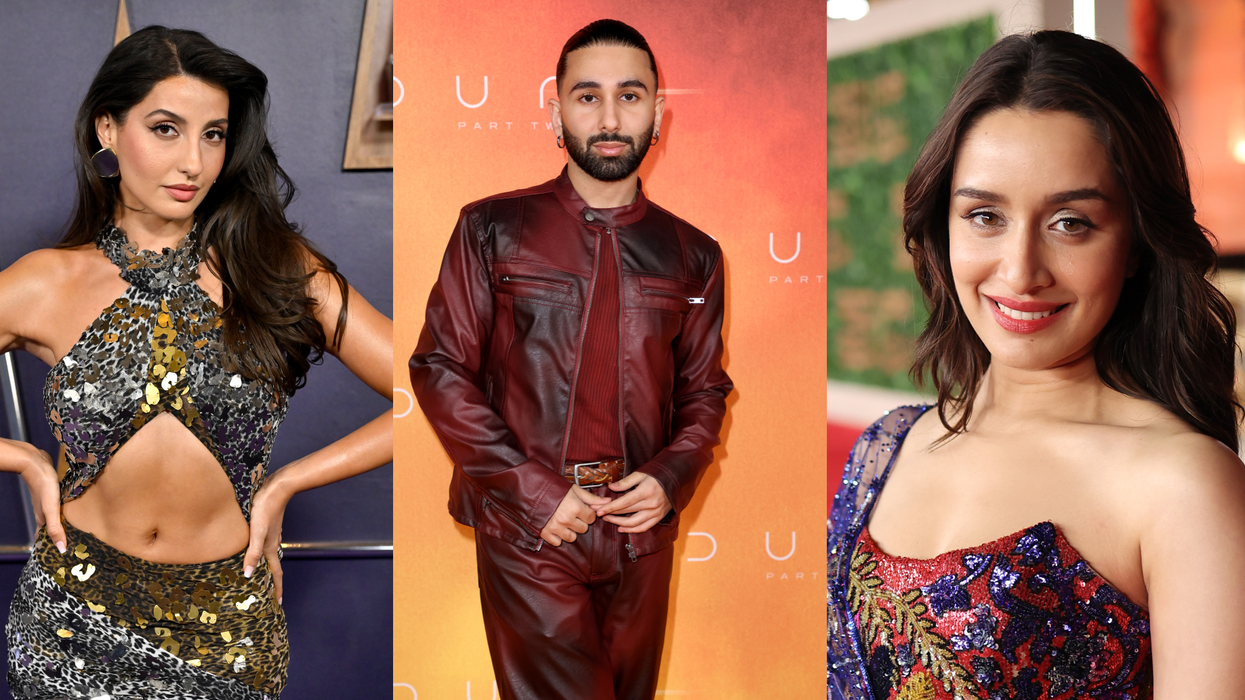ADITYA DESHMUKH DISCUSSES HIS TV CAREER AND LATEST ROLE
ALTHOUGH popular TV actor Aditya Deshmukh had wanted to be an actor since childhood, he did an MBA in marketing and various jobs like working as an executive in an advertising agency before pursuing his lifelong passion.
He powered through struggle and rejections to land roles in hit serials like Bade Achhe Lagte Hain, Punar Vivah: Ek Nayi Umeed, Kavach...Kaali Shaktiyon Se and Kasautii Zindagii Kay. By learning something on each project since starting eight years ago, the talented actor has evolved as a performer, been brave enough to take on challenges and values the craft. He is currently playing F Faizuddin Siddiqui in Sony SAB drama Ziddi Dil Maane Na, which is produced by Sudhir Sharma and Seema Sharma of Sunshine Productions.
Eastern Eye caught up with Aditya to discuss his career and latest serial.
Which of your characters is closest to your heart?
Every character is special. I’ve done all different kinds of roles, but a challenging character was Ashutosh Kulkarni from Kavach because the show started up with the leap. I had to maintain the Marathi accent, which wasn’t a challenge as I’m born and brought up in Mumbai, but adopting that character was a task because it was such a negative role. Soon everybody was convinced, and I was also convinced. So, it was an amazing experience`.
Which role challenged you most?
Like I said, every character is special. I had been doing negative roles all my life but started doing positive roles only recently with Colors 2020 show Naati Pinky Ki Lambi Love Story, in which I played a parallel lead, Vikas. He was a very submissive, simple-living guy and high-thinking. So that character was a little challenging because I never played a positive character before. Finally, when we saw the first episode of my character from that show, it was mind boggling. I was like, ‘wow, I did it’. The same director is on my current show Ziddi Dil Maane Na.
What led towards your latest show Ziddi Dil Maane Na?
I had auditioned for Sid’s character in the show, being played by Kunal Kapoor, but couldn’t see myself in that role. I had three or four shows to choose from. The internal casting team from Sunshine Productions called and briefed me about this army related show. Sudhir Sharma, producer of Ziddi Dil Maane Na, thought he saw a naivety in that initial audition, which they were looking for in Faizi’s character, but couldn’t find. They had tested 100 to 150 people. They gave me the script and asked me to audition for it. After five to six rounds of audition, I just nailed it.
What has the experience of working on the show been like?
It’s been a different journey altogether. For an actor, playing an army role is always a dream and I believe that very firmly. Actors who have played army characters have seen their careers go to great heights and I wanted to do it at least once in my lifetime. So, the experience has been very difficult. We started learning army life. We used to get up around 3.30am because the set was so far away and we had to reach at 5.30am to start work. The entire experience has been amazing and till today we’re still enjoying it. Every day we face so many challenges and find something new in the script each day. The writer’s always present a surprise element.
Tell us about the role?
It is absolutely a different role as I said. It’s an army character named Faizuddin Siddiqui, who has so many shades. Basically, he has his own charm. He is naive and at the same time also a flirt, but also cares for Koel. He loves her immensely and expressed it in his own unique way.
How does this role compare to others you have done?
It is absolutely a different role as I said. It’s an army character with so many shades. Basically, he has his own charm.
What is your dream role?
After watching the Dark Knight – Heath Ledger’s performance as the Joker – I have never seen an actor break barriers like that. I’ve never seen an actor going to such heights to live a character like that. So, my dream role would be playing Joker. I would say love to do something like Al Pacino’s Scarface role, which is very different and larger-than-life. I want to test myself as an actor.
What do you like as an audience?
The audience is king. They make and break people. So, I always give my complete support to the audience. Recent shows I have watched are The Good Doctor, which I think everyone should watch. It’s amazing. I also enjoyed Money Heist and, of course,
Squid Game.
What inspires you?
The craft, fraternity, and industry, have their own warmth. I really feel that this industry has welcomed me; so it really inspires me to aspire to keep going ahead and become an inspiration for the rest of the world. So, the idea is to just keep working and believing that it’s the most important thing in your life. I think the craft, canvas and storytelling of any project inspires me.
Why should we tune into Ziddi Dil Maane Na?
Because it’s an army and youth-based show with so many characters. It is a romantic show as well, which you’ll love. Faizi and Koel's story is really connecting with people. That’s why you should tune into Ziddi Dil Maane Na. Because of you, we are.
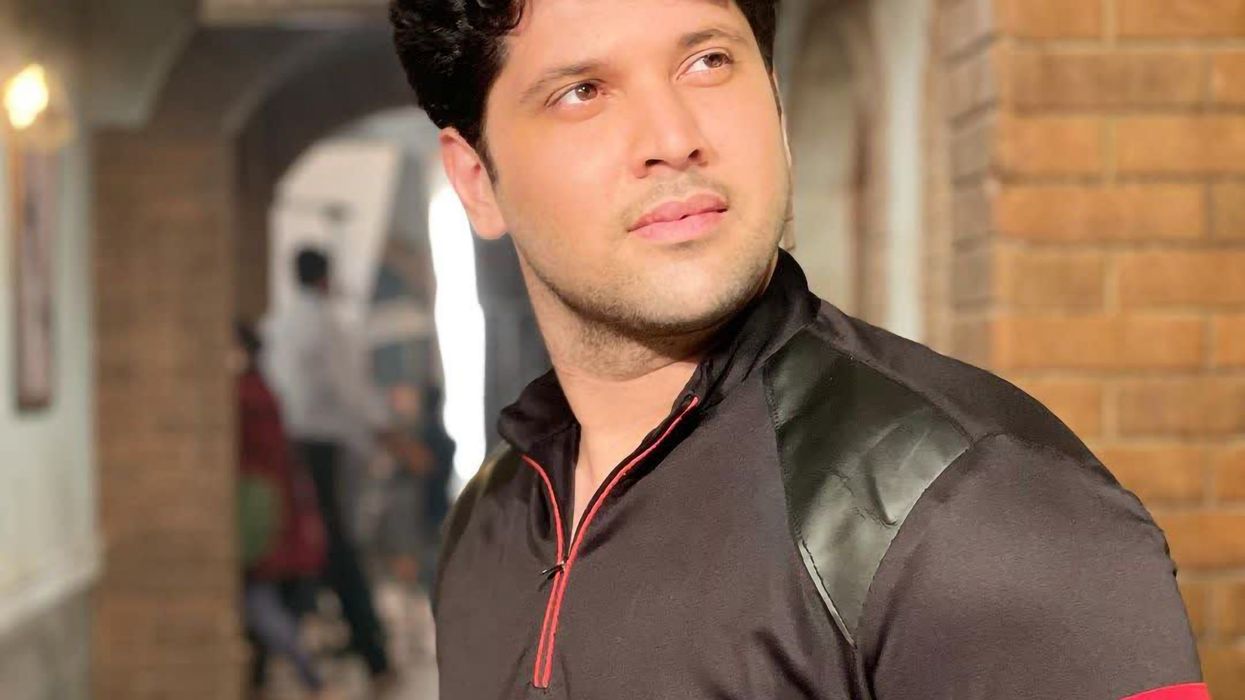




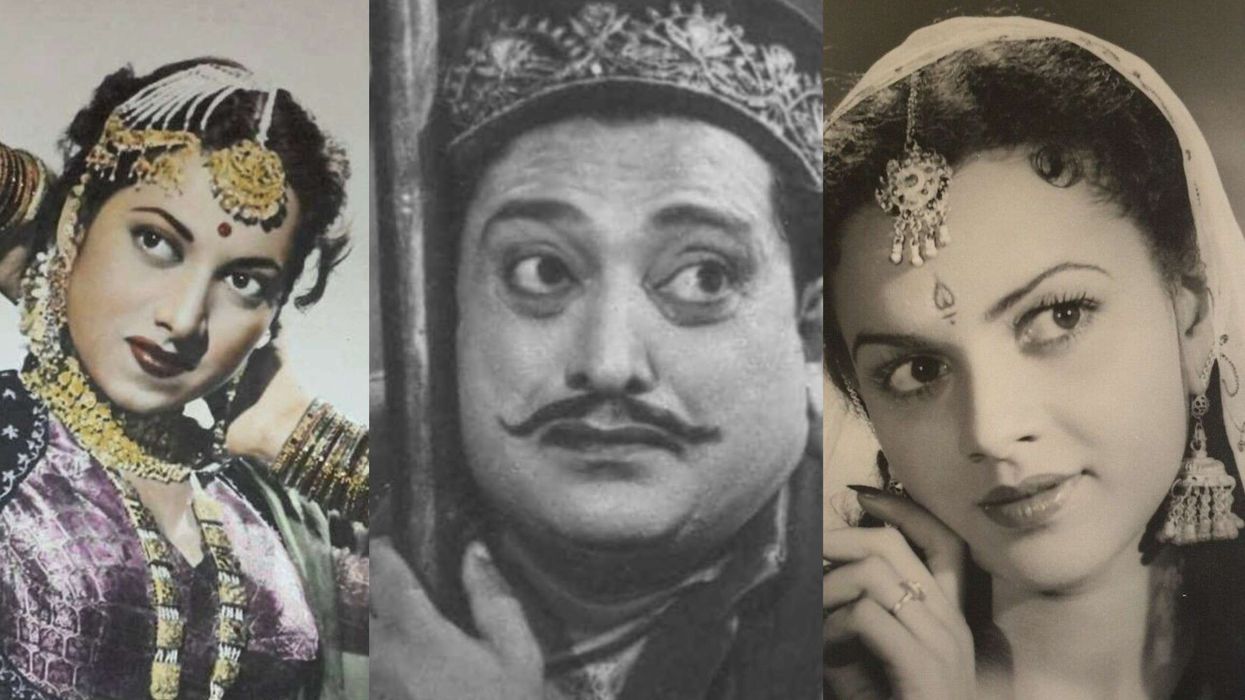
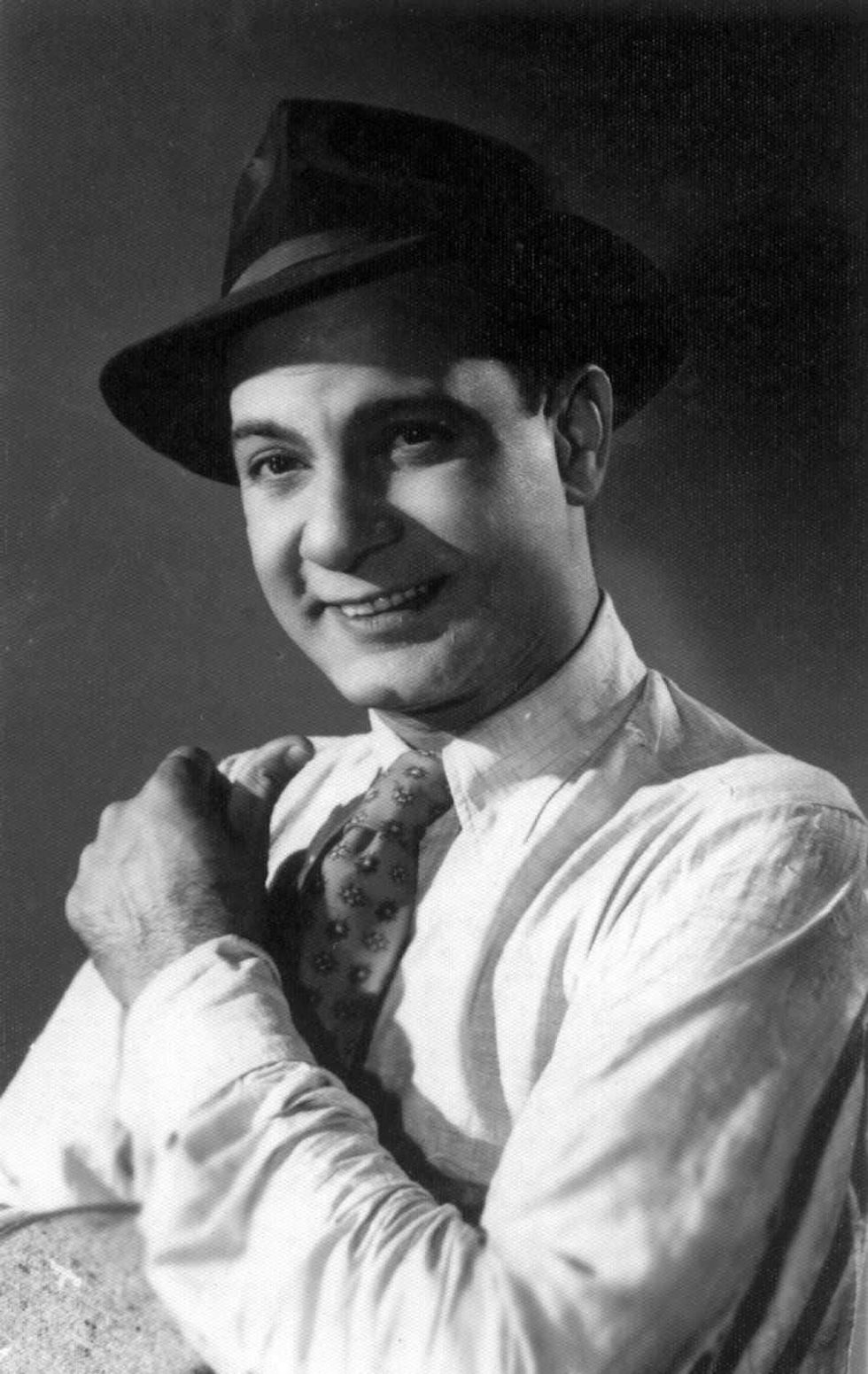 MotilalAMG
MotilalAMG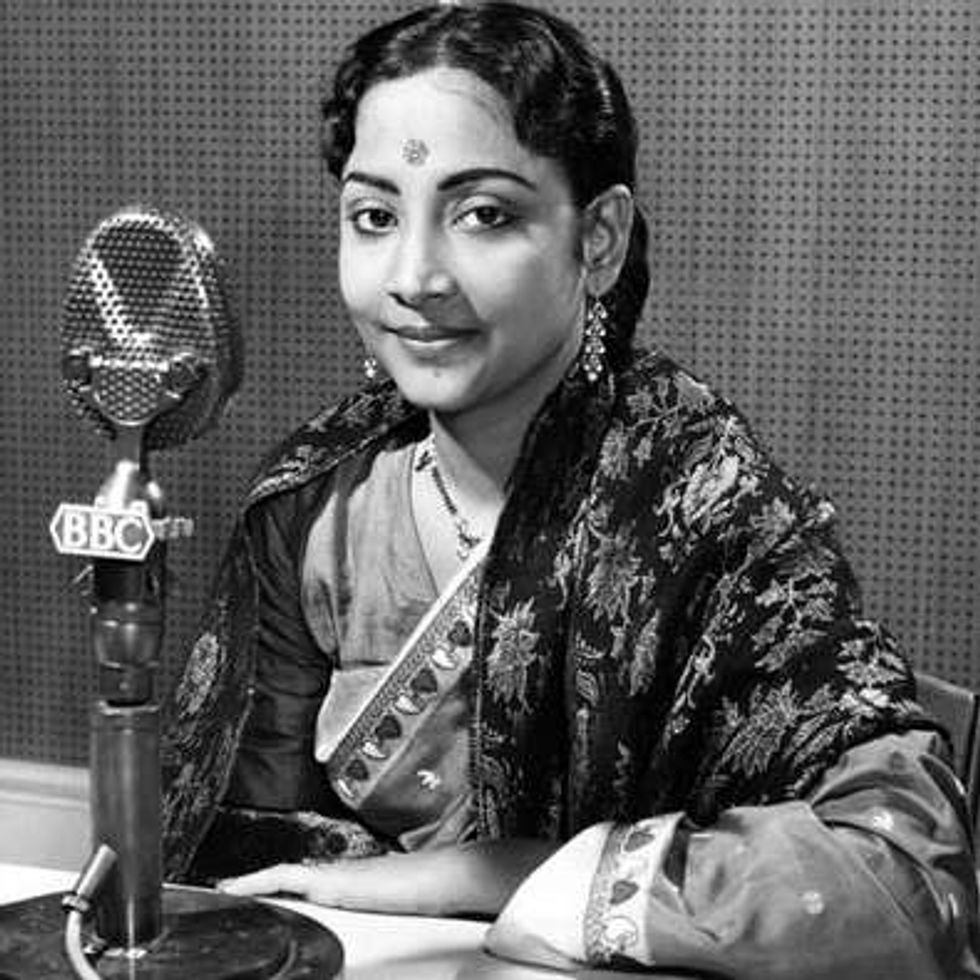 Geeta DuttAMG
Geeta DuttAMG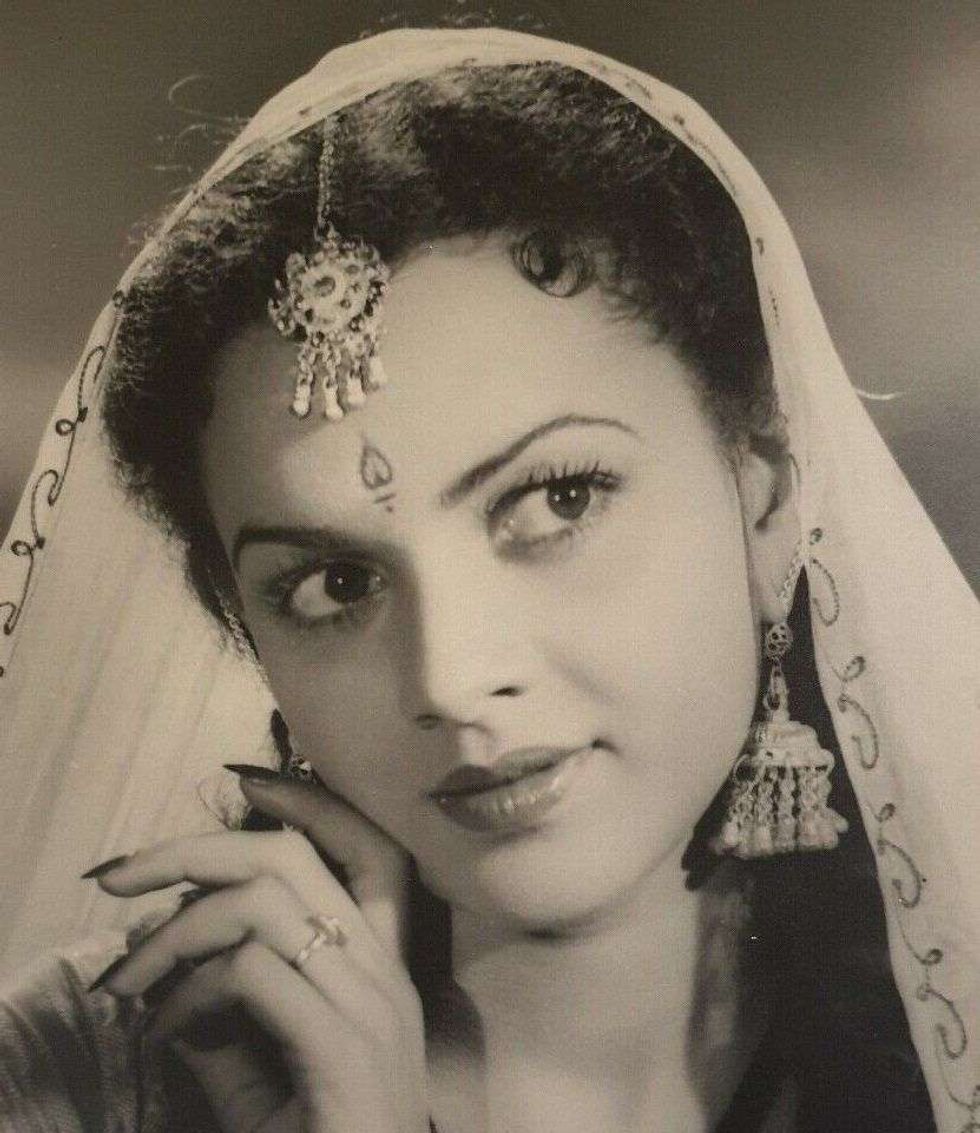 CuckooAMG
CuckooAMG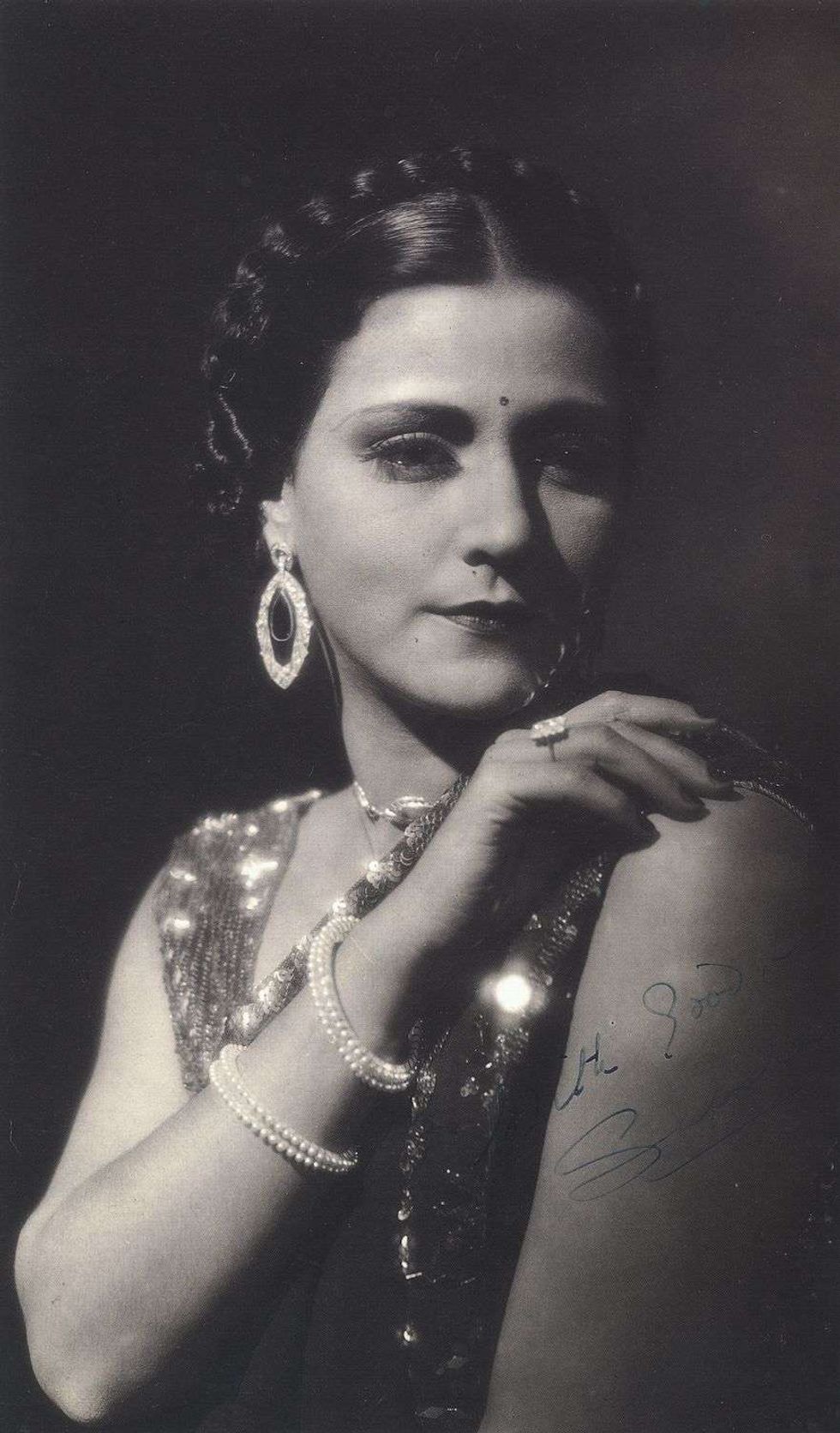 Sulochana aka Ruby MyersAMG
Sulochana aka Ruby MyersAMG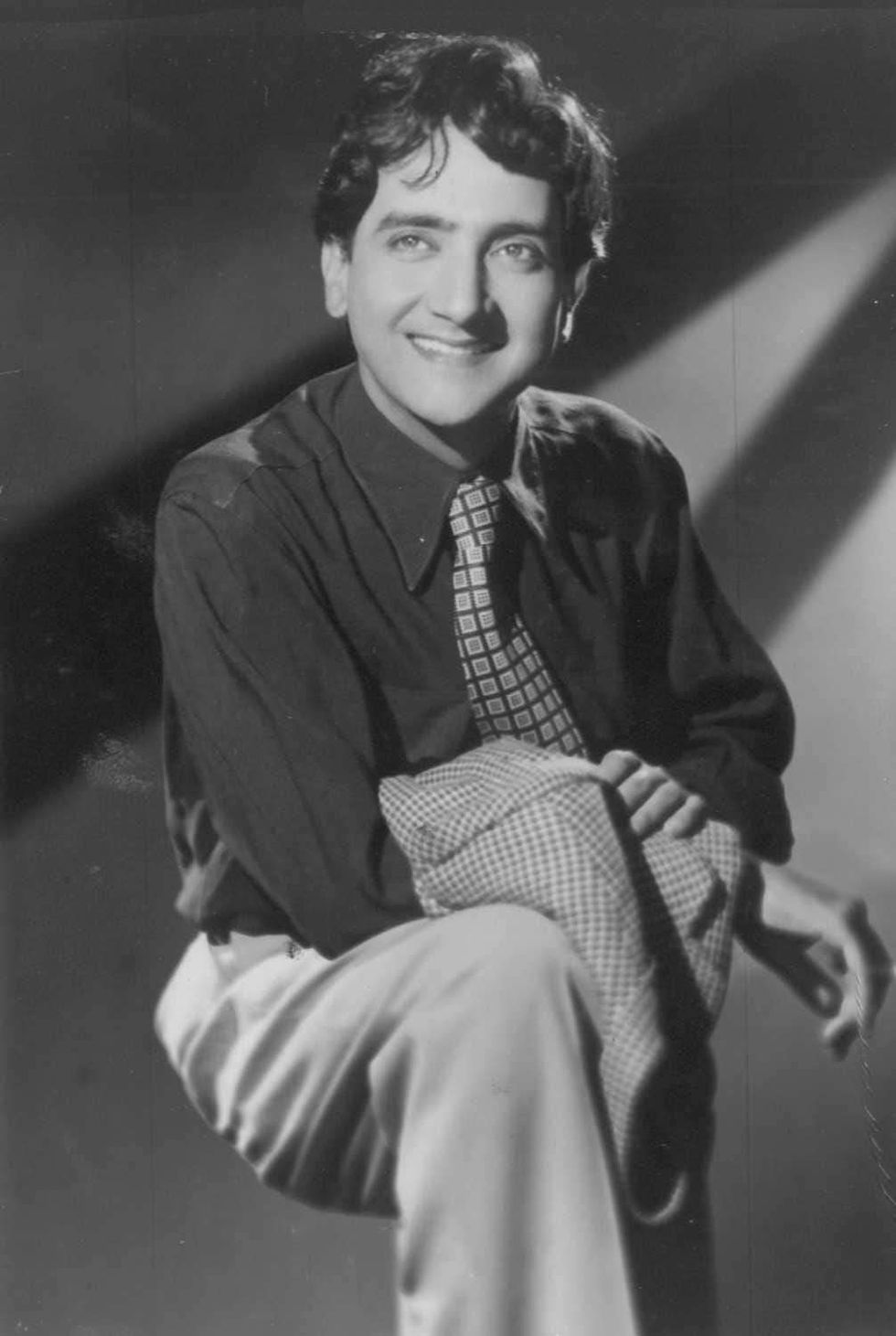 Bharat Bhushan AMG
Bharat Bhushan AMG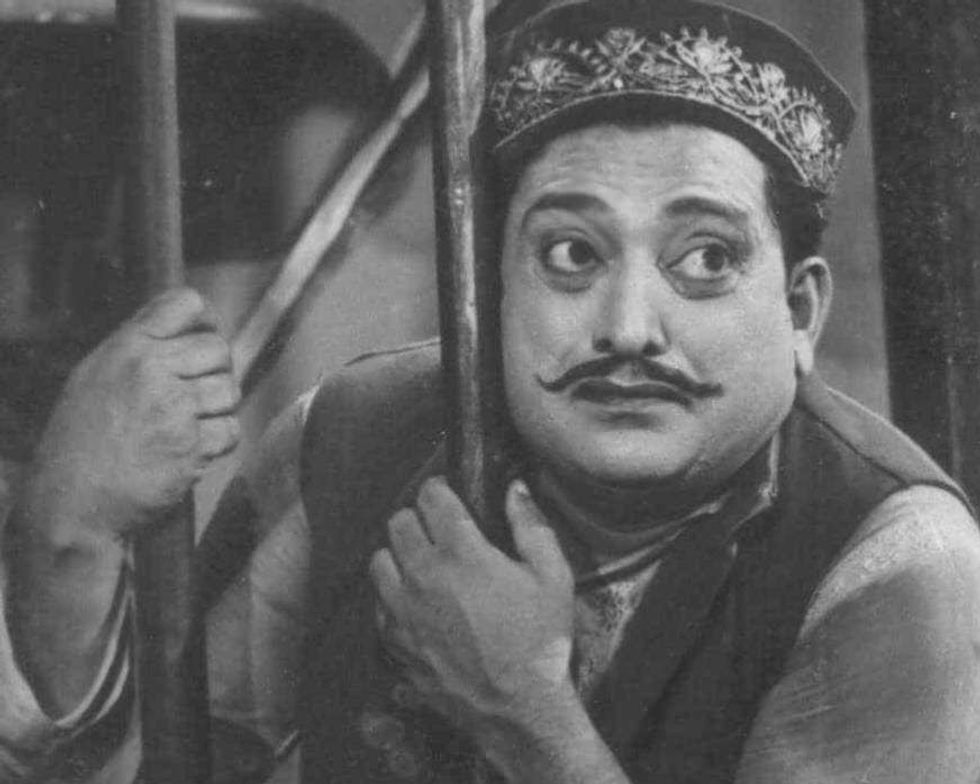 Bhagwan DadaAMG
Bhagwan DadaAMG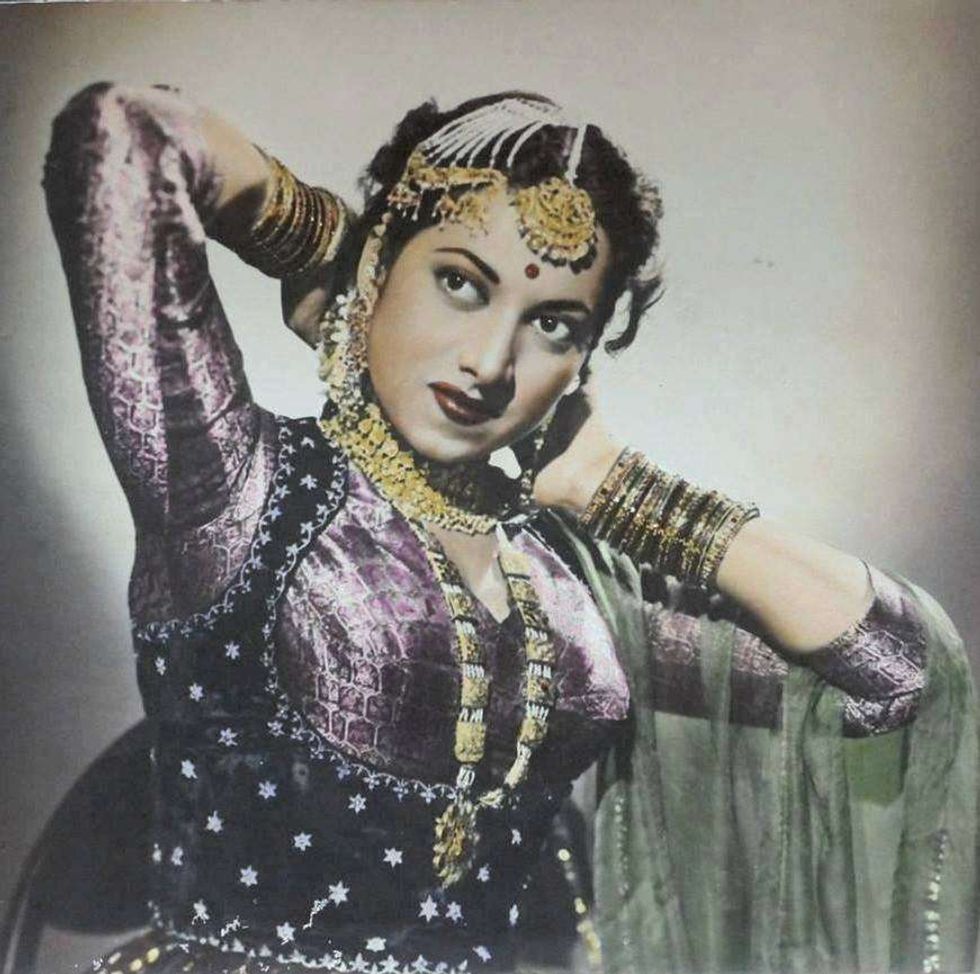 SuraiyaAMG
SuraiyaAMG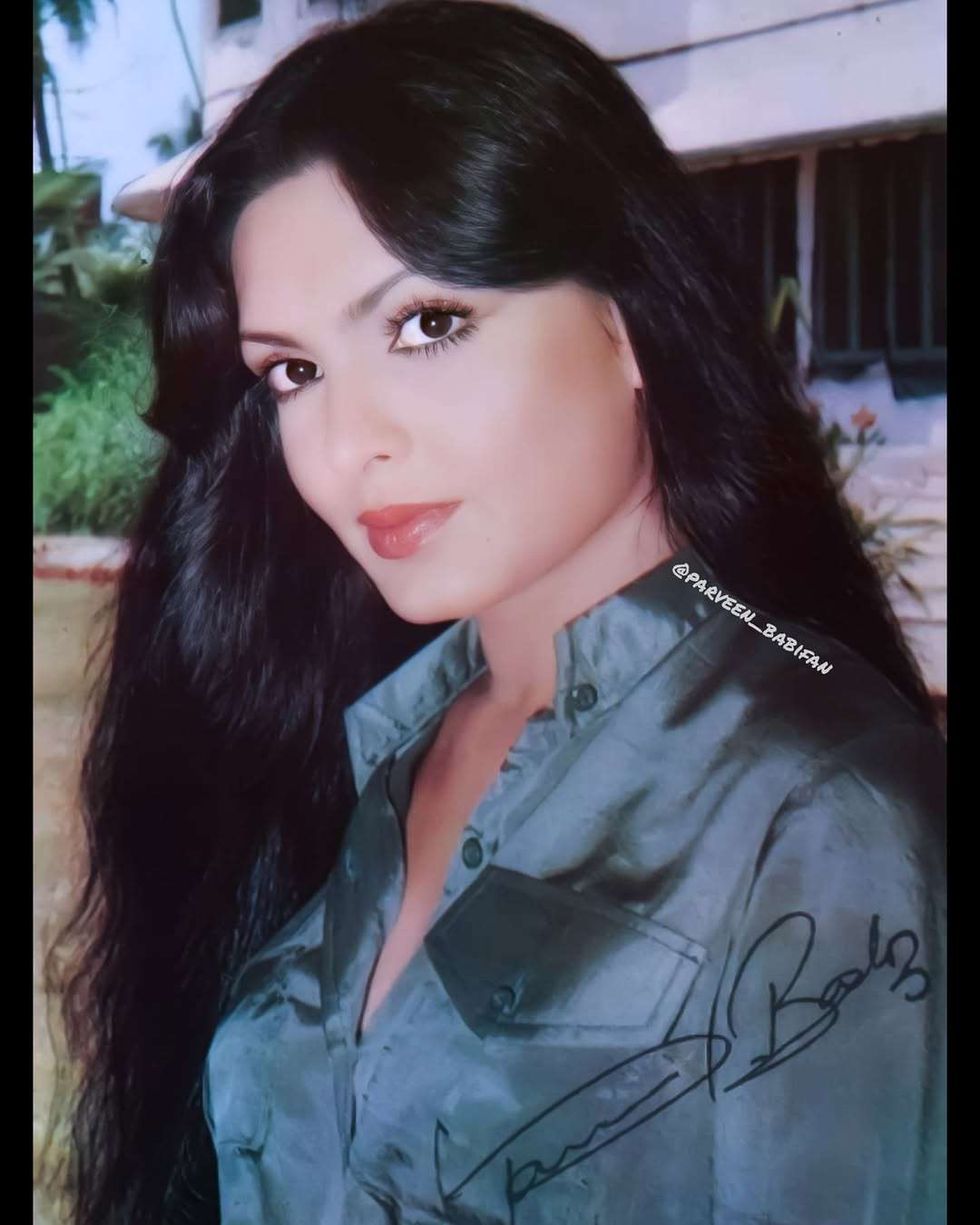 Parveen BabiInstagram/ Parveen_babifan
Parveen BabiInstagram/ Parveen_babifan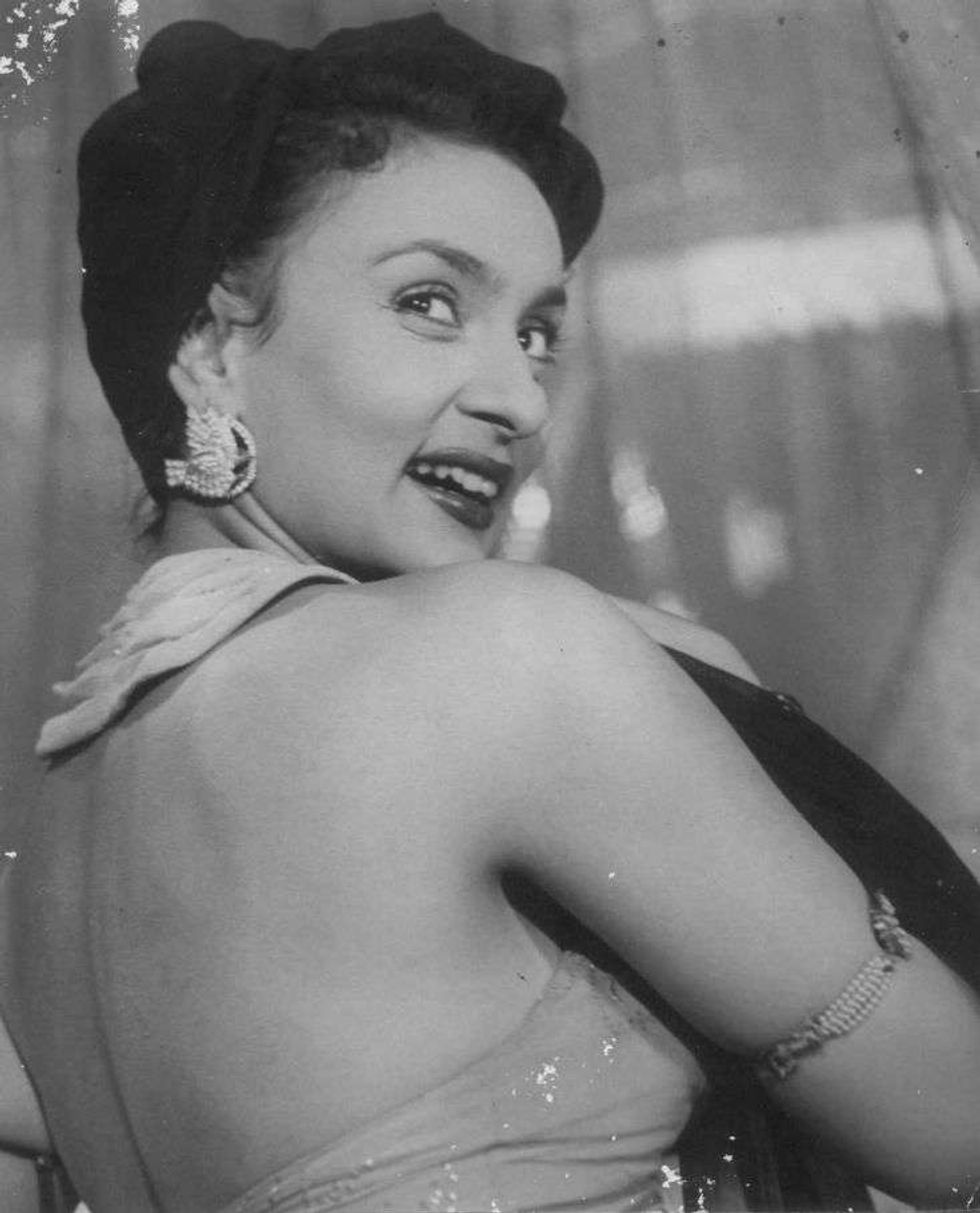 NadiraAMG
NadiraAMG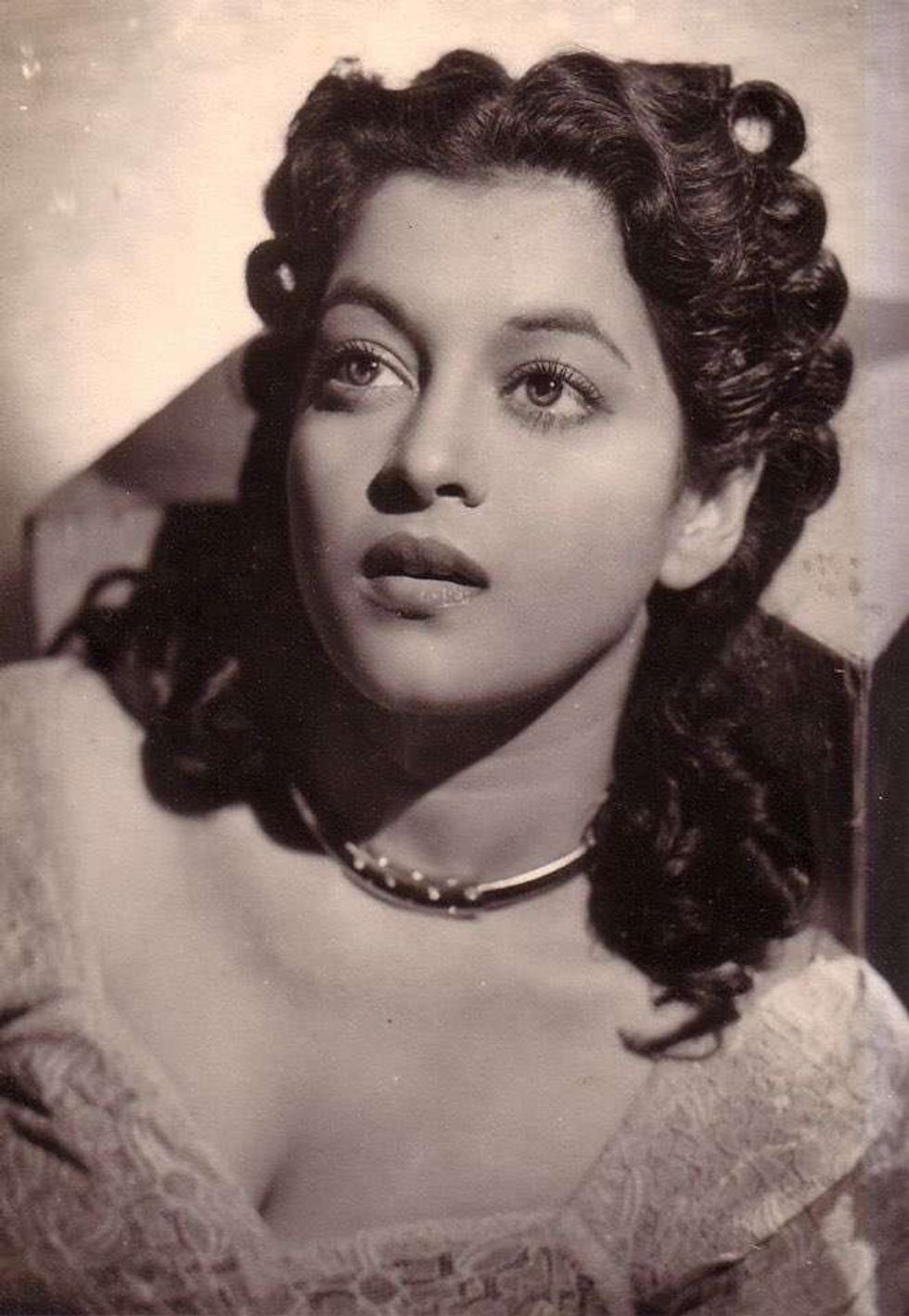 Nalini Jaywant AMG
Nalini Jaywant AMG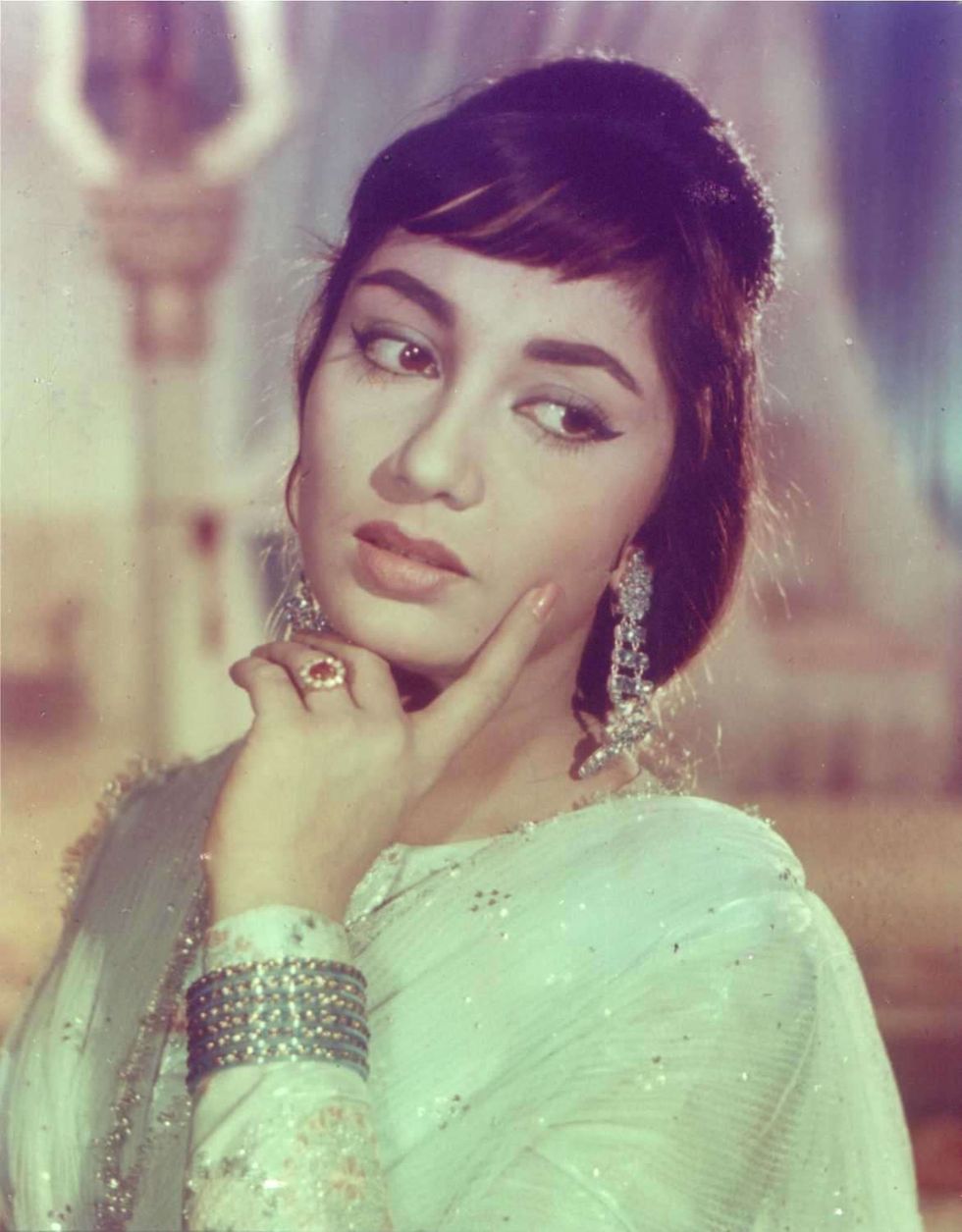 SadhanaAMG
SadhanaAMG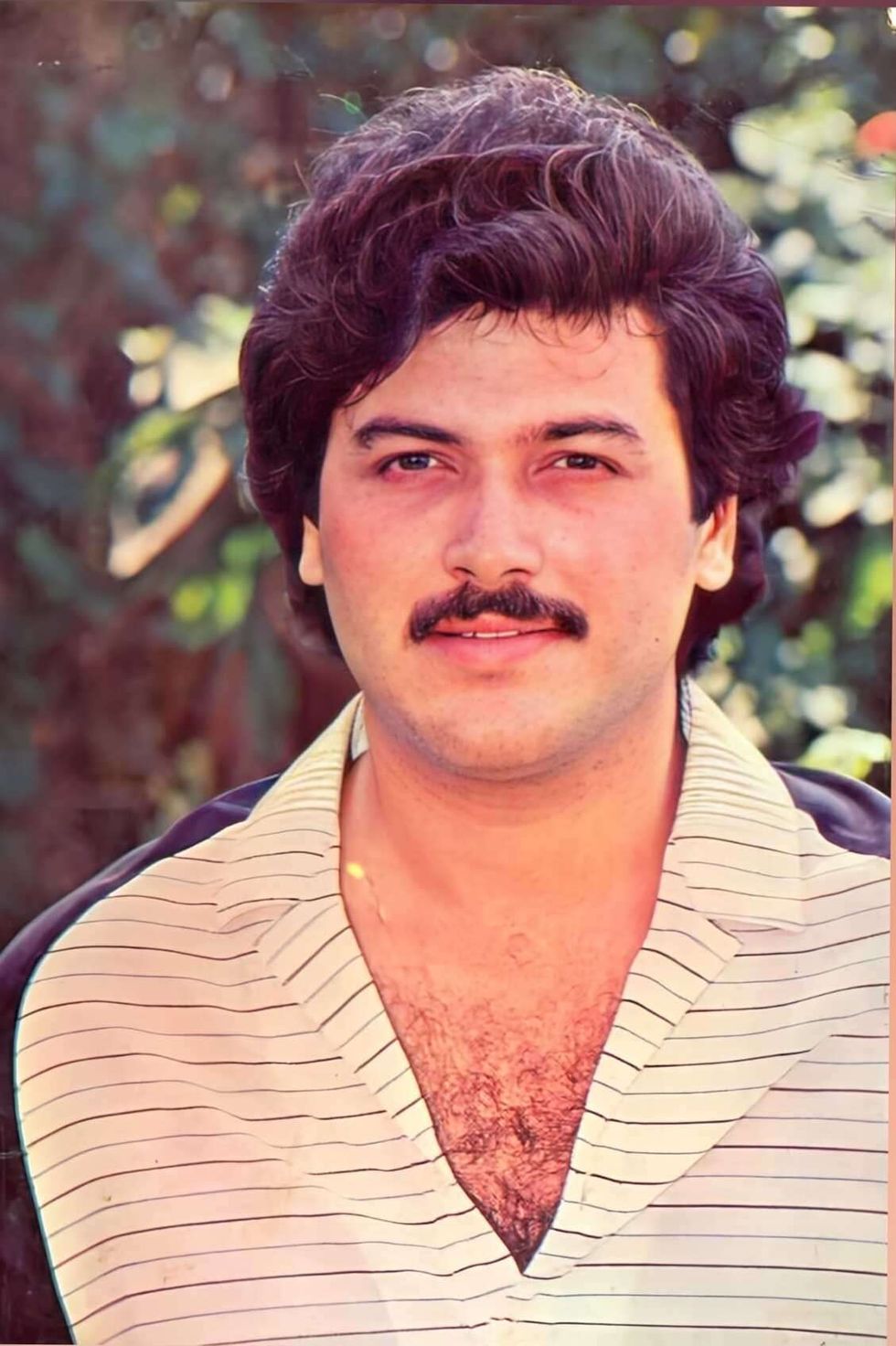 Raj KiranAMG
Raj KiranAMG
